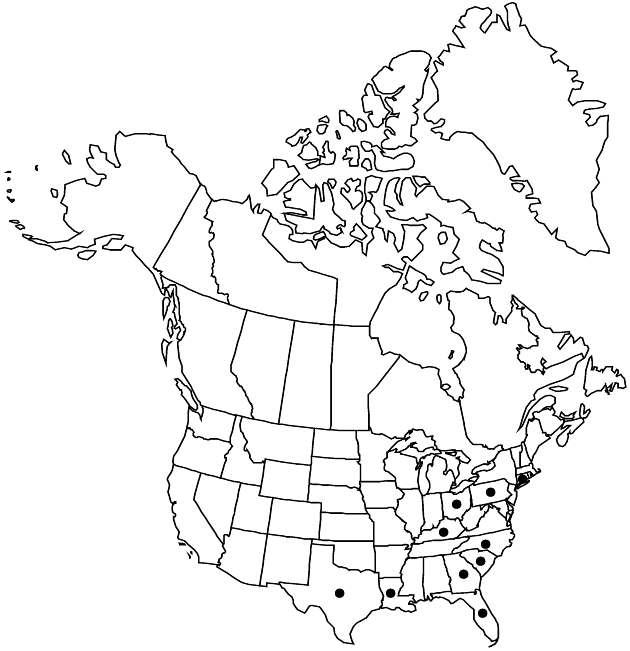Zinnia violacea
Icon. 1: 57, plate 81. 1791.
Annuals, to 100(–200) cm. Stems greenish, becoming yellowish to purplish, unbranched or sparingly branched distal to bases, hirsute to strigose or scabrous. Leaf blades 3–5-nerved, ovate to oblong, mostly 60–100 × 20–60 mm, scabrellous to glabrate. Peduncles to 85 mm. Involucres ± hemispheric or broader, 10–15 × 5–25 mm. Phyllaries obovate, becoming scarious, glabrous or sparsely hairy, apices rounded, erose or fimbriate. Paleae red to purple, apices rounded to acute, fimbriate. Ray florets 8–21 (more in “double” cultivars); corollas usually red (white, yellow, or purple in cultivars), laminae spatulate to obovate, 10–35 mm. Disc florets 100–150+; corollas yellow, 7–9 mm, lobes 1–2.5 mm. Cypselae 6–10 mm, 3-angled (ray) or ± compressed (disc), not or faintly ribbed, ciliolate; pappi 0. 2n = 24.
Phenology: Flowering summer–fall.
Habitat: Disturbed sites
Elevation: 0–500? m
Distribution

Introduced; Conn., Fla., Ga., Ky., La., N.C., Ohio, Pa., S.C., Tex., Mexico, West Indies (Cuba), Central America, South America (Bolivia), also introduced in Asia.
Discussion
Zinnia violacea is perhaps adventive in Costa Rica, Panama, Cuba, Bolivia, China, and Malesia. The most widely cultivated Zinnia, it is reported to have escaped from cultivation and apparently naturalized in ten eastern and southern states but is nowhere common in the flora area. It is not as weedy as Z. peruviana, possibly because it lacks awns and thus is not as easily dispersed by animals.
Selected References
None.